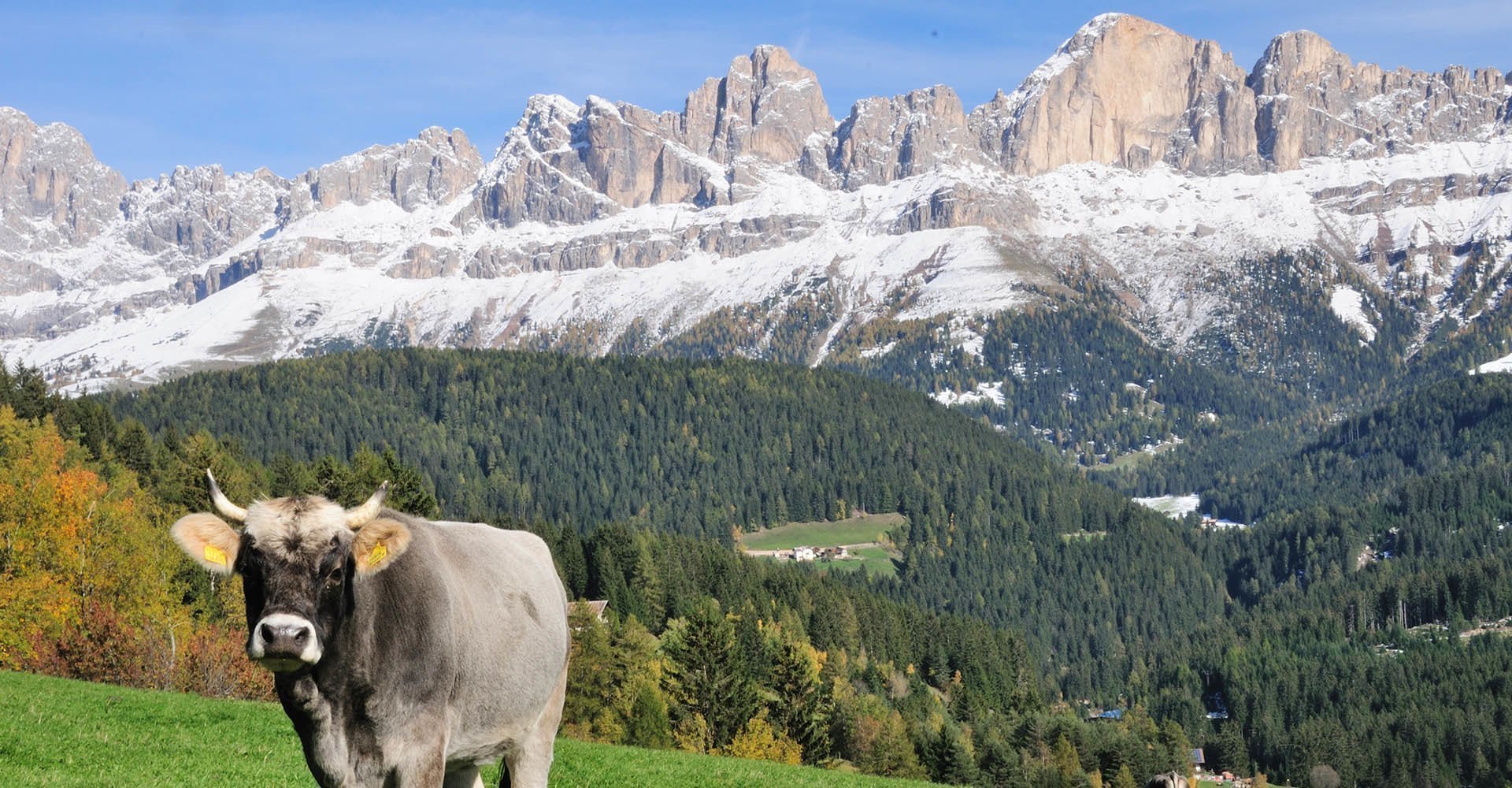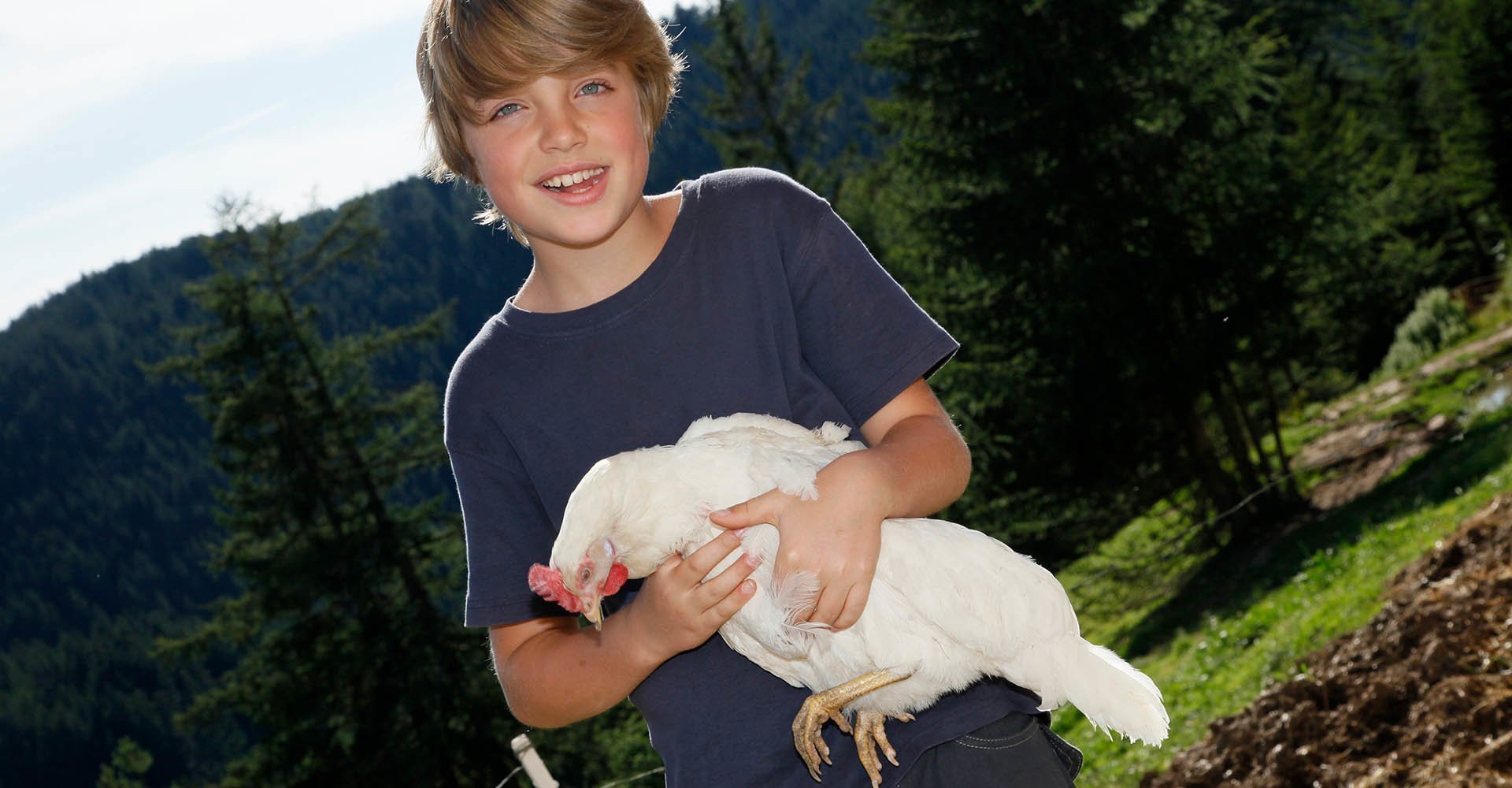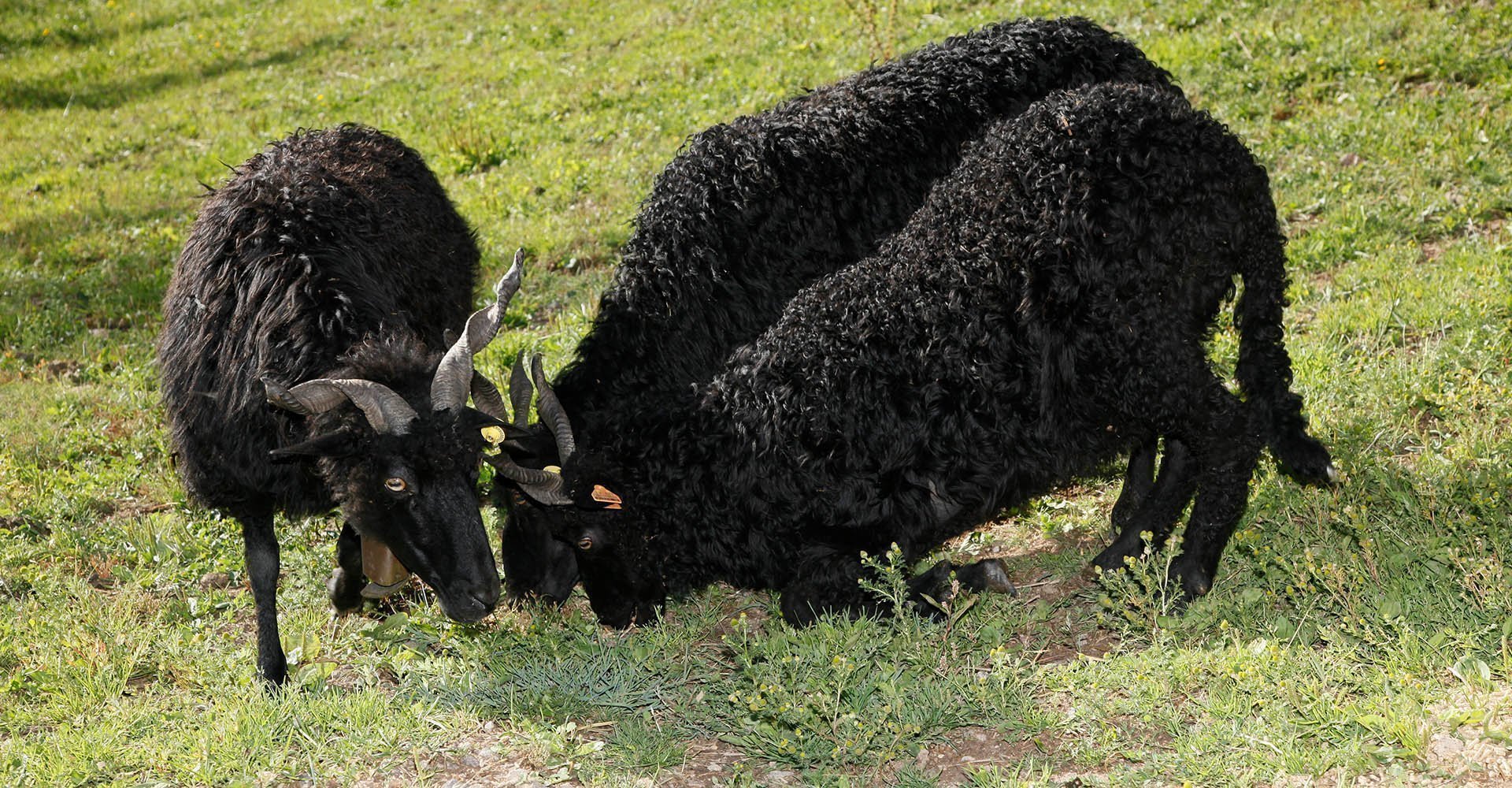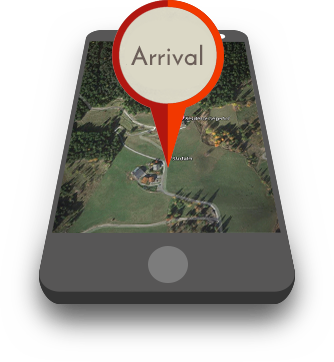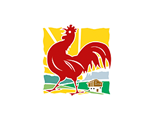Protection and conservation of vanishing livestock breeds:
Our commitment as an ARCHE Farm
The alpine landscape of South Tyrol features a great variety of rare wild plants, which are worth protecting. Wildlife that elsewhere can only be seen in animal parks, here can still be observed in their natural habitat. However, many livestock breeds and pets are either present only in reduced numbers or are by now extinct due to the pressure from the economy, today’s infrastructure, and modern forms of settlement. With them, not only does valuable heritage disappear, which has been part of our homeland for many centuries, but also a living testimony to our cultural identity. Therefore, as one of several South Tyrolean ARCHE Farms, we actively contribute to safekeeping the knowledge about endangered livestock breeds – and thus ensure that they are preserved in viable numbers.
We’d be happy to get your attention concerning this important issue!
The European Dark Bee
This breed represents the original honeybee but has been largely replaced by other breeds since the mid-19th century. Today, the dark bee is in danger of extinction. Because beekeepers are striving for ever higher honey yields, ever more have decided against this economical insect, which has adapted to life under unsafe natural conditions. There are only 1,000 bee colonies left in Austria, where the dark bee is on the red list of endangered animals.
The Sulmtaler domestic chicken
Its strong stature and the small crest of the rooster or the winding comb of the hen are the striking features of this robust, very resilient breed of chicken. In the past, these chickens used to gather their own food in mixed forests, on meadows, pastures, or in orchards. From the 17th century, they figured on the menu as capons, and their eagerness to lay is also renowned. Nevertheless, the Sulmtaler chicken has hardly been bred on farms since the Second World War.
The Cröllwitzer Turkey
The white, handsome black pied animals were already known in Central and Eastern Europe around 1550. They look for their food while walking on the pasture, are very unfussy, and have a tasty, fine-fibre meat. Of several similar breeds with these characteristics, only the Cröllwitzer remains today.
The Tyrolean Grey
Until a few decades ago, these silver to iron-grey cattle were only bred in Tyrol. In the meantime, breeders in neighbouring regions are also trying to preserve this ancient breed. Their high milk yield was already praised by Tacitus and Plinius. Peoples who immigrated from the Near East to the alpine region around 1000 BC probably had brought the small- or medium-size shorthorn cattle as a dual-use animal to the area of today’s South Tyrol.
NEW: The Pusteria Sprinzen
The black or light brown spots, which cover large areas on the animal’s torso and form small spots on the edge – so-called ‘sprinzen’ – are striking. This breed is also known as the “Pustertaler Schecken”. It was created by crossing Swiss Erringer cattle and Pinzgauer in the 19th century into the landrace of the Pusteria Valley and its side valleys. Because the new breed was excluded from licensing in 1927, the numbers of Pusteria Sprinzen are extremely low. The cattle, which were only approved for breeding again in 1984, mostly serve to produce meat.
NEW: The Racka
This ancient breed of sheep was previously only known as the Hortobágy Racka Sheep, which voices its Hungarian roots in the Pannonian lowlands of the 9th century. There, however, this sheep with the typical V-shaped horns hardly ever occurs. It has been in danger of extinction in Hungary since 1903. From the 1950s, other countries also attempted to breed the Racka once again.

